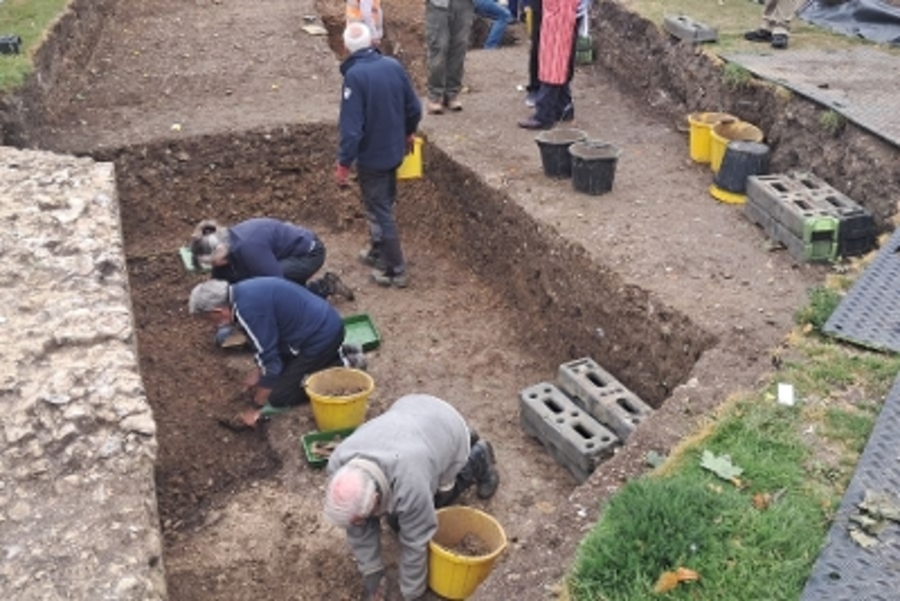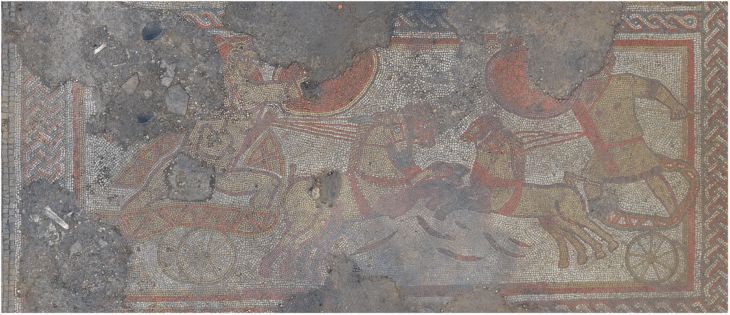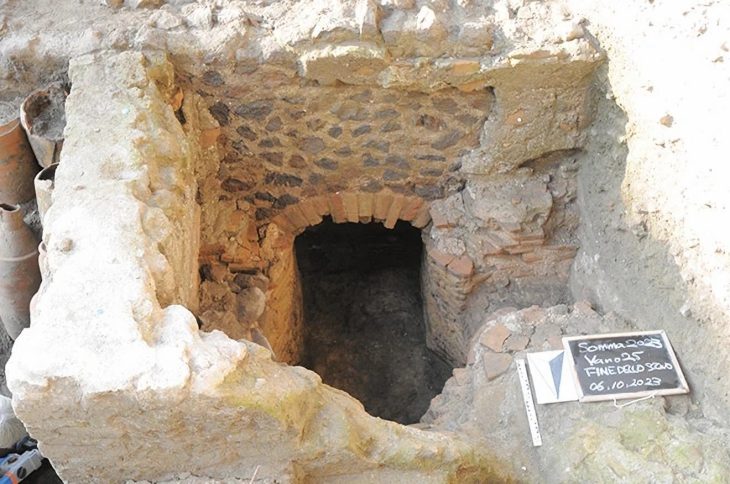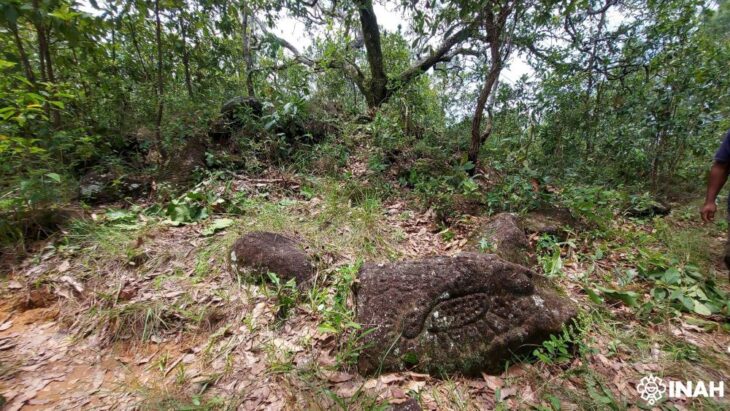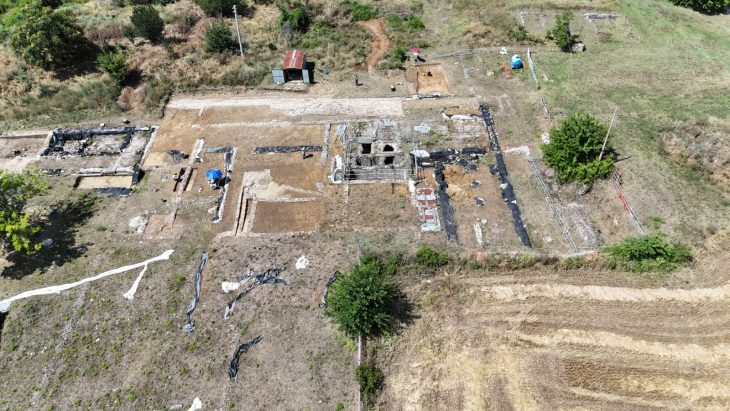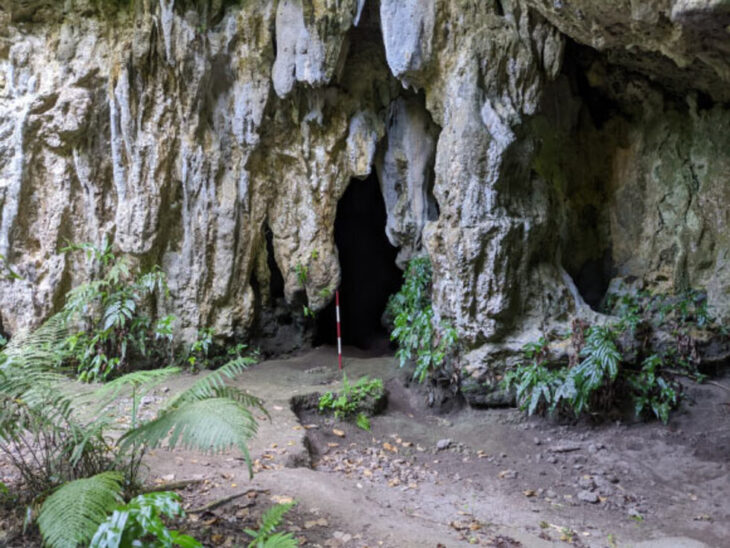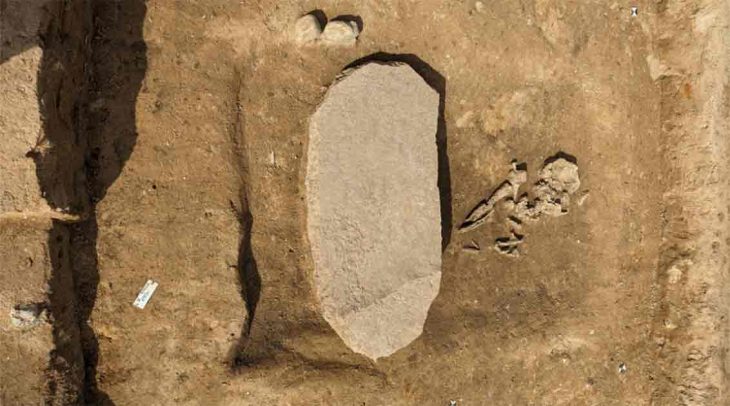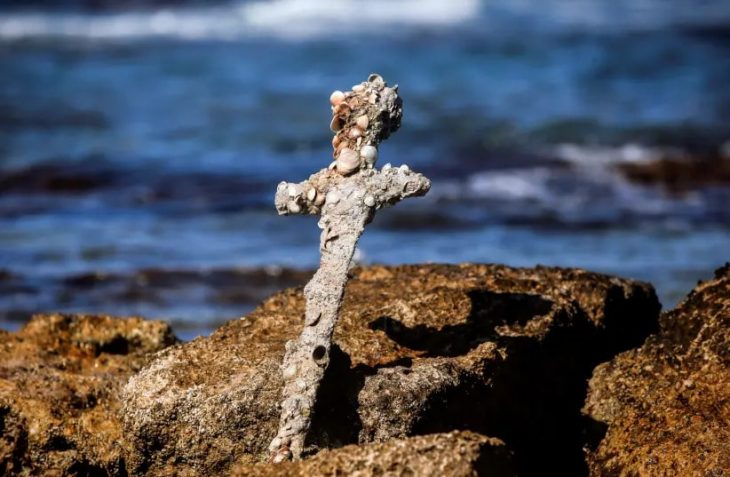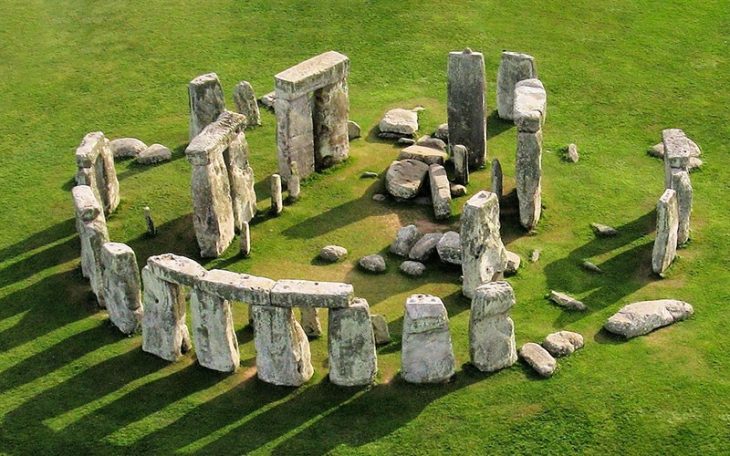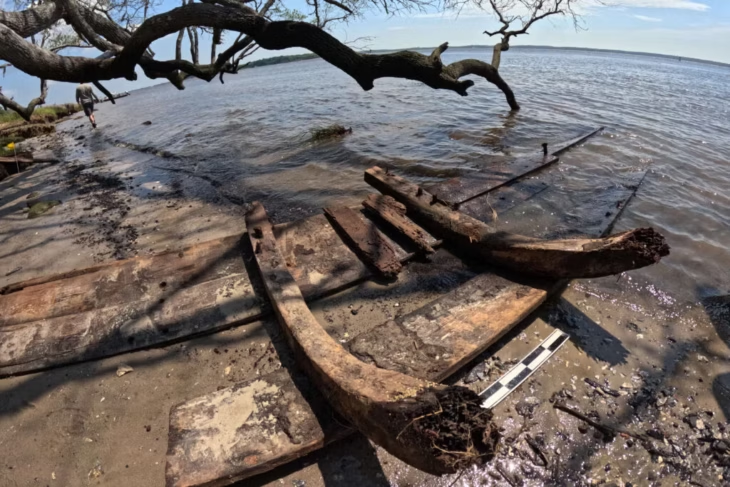A remarkable archaeological excavation in Chichester’s historic Priory Park has uncovered the remains of a Norman-era stone tower, known as a barbican, which once defended the city’s medieval castle.
Led by James Kenny, Archaeologist at Chichester District Council, in partnership with the Chichester and District Archaeological Society (CDAS), the two-week excavation revealed the foundations of a significant stone structure previously thought not to exist at the site.
“This discovery rewrites what we thought we knew about Chichester Castle,” said James Kenny. “It was previously believed to be a timber structure, but the presence of a substantial stone causeway and now a barbican suggests it was rebuilt in stone — a decision that could only have been made by someone in power.”
A Rare and Substantial Find
The remains, which measure approximately 6 by 10 metres and stand 1.7 metres from their foundation to just below ground level, are considered exceptionally well-preserved. Archaeologists believe the structure would have served as a defensive entrance to the castle, known as a motte and bailey.
Previous excavations in 2024 had already revealed parts of a stone bridge and causeway leading to the castle, as well as sections of a surrounding ditch. This year’s dig aimed to identify the inner edge of the ditch and examine the depth of the masonry foundations — objectives that have been successfully achieved.
📣 Our WhatsApp channel is now LIVE! Stay up-to-date with the latest news and updates, just click here to follow us on WhatsApp and never miss a thing!!
Who Built the Chichester Barbican?
The exact date of construction remains uncertain, but experts believe it could date back to either the mid-12th century under the Earl of Arundel or later under King Henry II. Further analysis and comparison with similar medieval structures across the UK are planned.
“This is the most impressive piece of medieval architecture I’ve excavated in my career,” added Kenny. “Discoveries like this are rare and help us understand how power and authority were expressed through architecture during the Norman period.”
A Glimpse into Chichester’s Rich Past
In addition to the Barbican, archaeologists also found decorative floor tiles believed to be from the Medieval Franciscan friary that once stood in the area, providing further insight into Chichester’s layered history.
Hundreds of residents and visitors attended a special open day on Saturday, 31 May, where Kenny and his team presented their findings and discussed the historical significance of the site.
What’s Next?
All artefacts and structural remains will now be documented in detail, with plans underway to assess whether the remains can be made available for permanent public display. This would depend on technical feasibility and the availability of external funding.
Councillor Bill Brisbane, Cabinet Member for Planning at Chichester District Council, praised the efforts of the archaeology team and volunteers: “The discovery of the barbican is extraordinary and transforms our understanding of Chichester Castle. It’s inspiring to see residents and visitors engaging with our local heritage in such a hands-on way.”
Cover Image Credit: Chichester and District Archaeology Society

